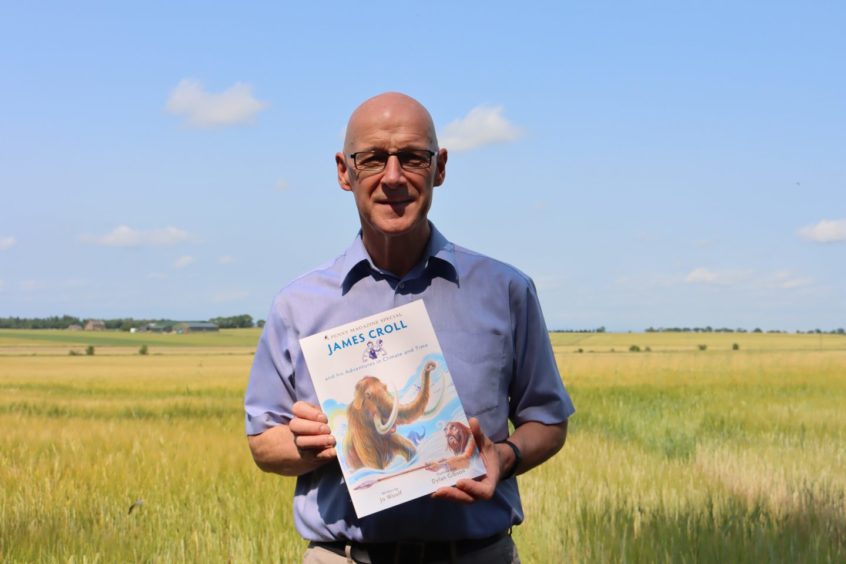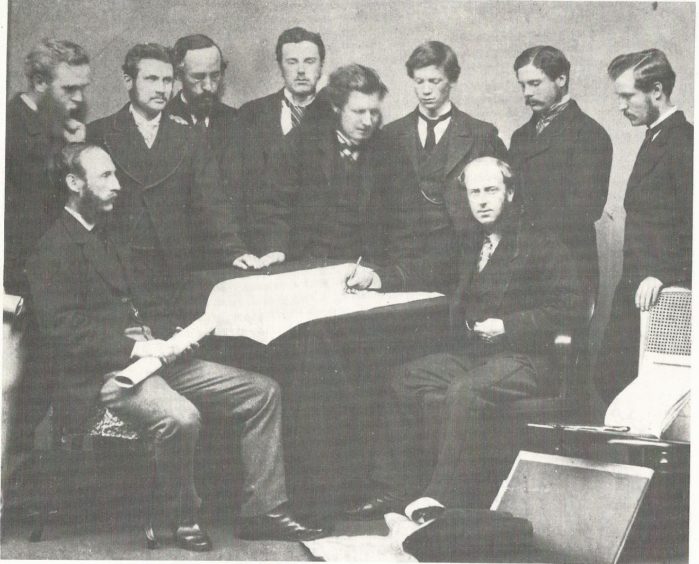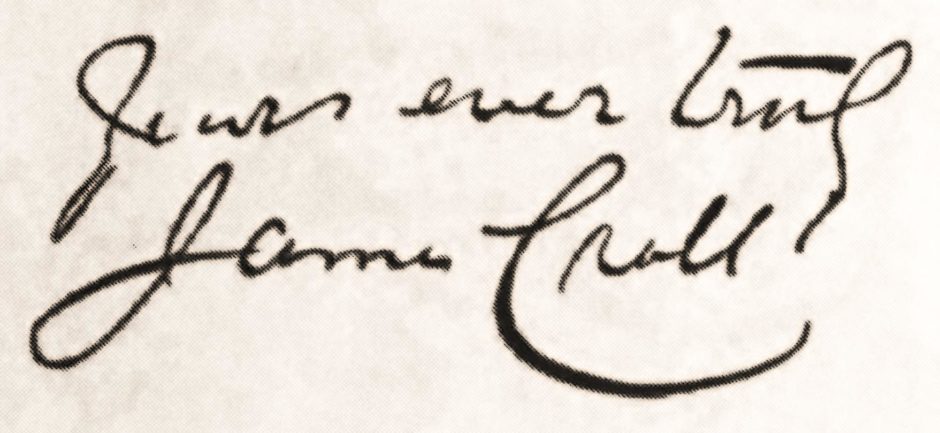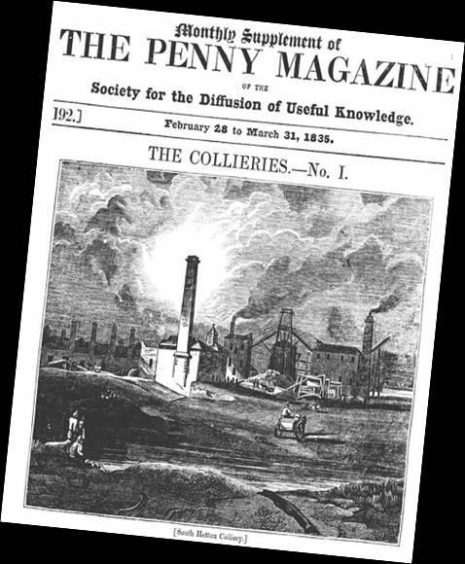As the Perth-based Royal Scottish Geographical Society’s Writer in Residence since 2015, Jo Woolf is no stranger to writing about history, nature and landscape.
Her latest creation aimed at children, however, focuses on the life of a relatively unknown climate science pioneer who was born into relative poverty in Perthshire.
‘James Croll and his Adventures in Climate and Time’ written by Jo Woolf and illustrated by Dylan Gibson, tells the compelling story of James Croll (1821-1890), who is considered to be one of the world’s first climate scientists.
Raised in an impoverished crofting family with little access to schooling, James Croll was almost entirely self-taught, yet he helped us to understand why the ice ages happened, and how they could be predicted.
He was the first to consider the role of feedback loops in climate systems such as the albedo effect.
Bicentenary
The book was initiated by the RSGS to mark the bicentenary of Croll’s birth, and bring attention to his work as a Scottish climate scientist in the run up to COP26 in Glasgow later this year.
Commenting on the experience of writing about James Croll’s life and discoveries, Jo said: “It was such a fun experience to write the book, particularly as I was able to start almost from scratch and imagine Croll as a youngster, full of curiosity and enthusiasm.
“Dylan’s images are so lively and appealing and full of character.
“They sparked new ideas when I saw them, and that’s how the book progressed – working together, we were able to develop the text and the images alongside each other.
“I discovered some elements of Croll’s character that I had overlooked before – his determination and tenacity, and his ability to daydream which took him away from the awful challenges he faced.
“He absolutely refused to give up his passion, which was studying and pondering the big questions of the universe, and I find that really inspiring.”
Early life
Early in his life, Croll worked numerous manual jobs- most notably as a janitor at the Andersonian College in Glasgow, where he sat in on lectures and had access to a library of books which inspired some of his theories.
Croll applied his mind to some of the biggest questions of his generation: the age of the sun, the source and direction of ocean currents, the thickness of the Antarctic ice sheet, and the cause of the ice ages.
Croll eventually gained a position with the Geological Survey in Edinburgh and released his book ‘Climate and Time’ which gained him prominence amongst the most notable scientific minds of the day.
The inspiration for this children’s book’s format comes from a popular 19th century publication called the Penny Magazine, first published in 1832 which played such a key role in firing his young imagination.
Croll became an avid reader at an early age, and later attributed his thirst for learning to the magazines wide-ranging articles.
The book has also been printed as free resource for schools with an accompanying lesson plan, set to be distributed in the autumn.
*James Croll and his Adventures in Climate and Time’ written by Jo Woolf and illustrated by Dylan Gibson, www.rsgs.org/shop £10.















